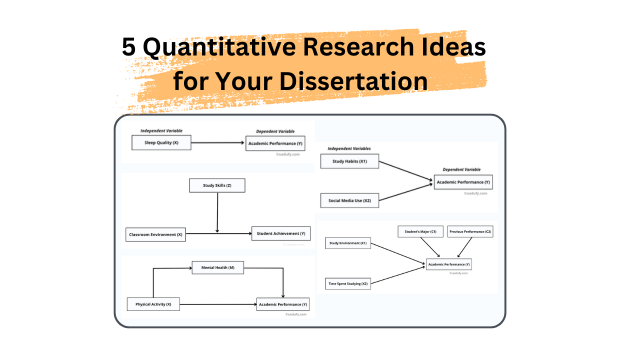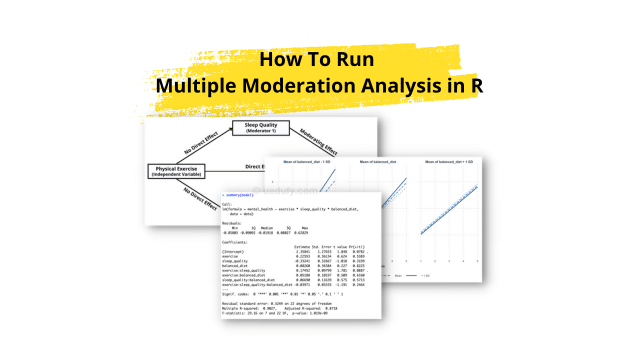
How to Analyze Survey Data in Excel: Complete Guide for Thesis and Research
Learn how to analyze survey data in Excel step-by-step. Includes Cronbach's Alpha, descriptive statistics, hypothesis testing, and APA reporting templates for thesis students.





![What is T-Test? Definition, All 3 Types, and How to Read T-Test Values [Complete Guide]](/images/blog/en/featured/what-is-t-test.png)
![How to Do T-Test in Excel: Complete Guide for All 3 Types [One-Sample, Independent, Paired]](/images/blog/en/featured/t-test-in-excel-complete-guide.png)
